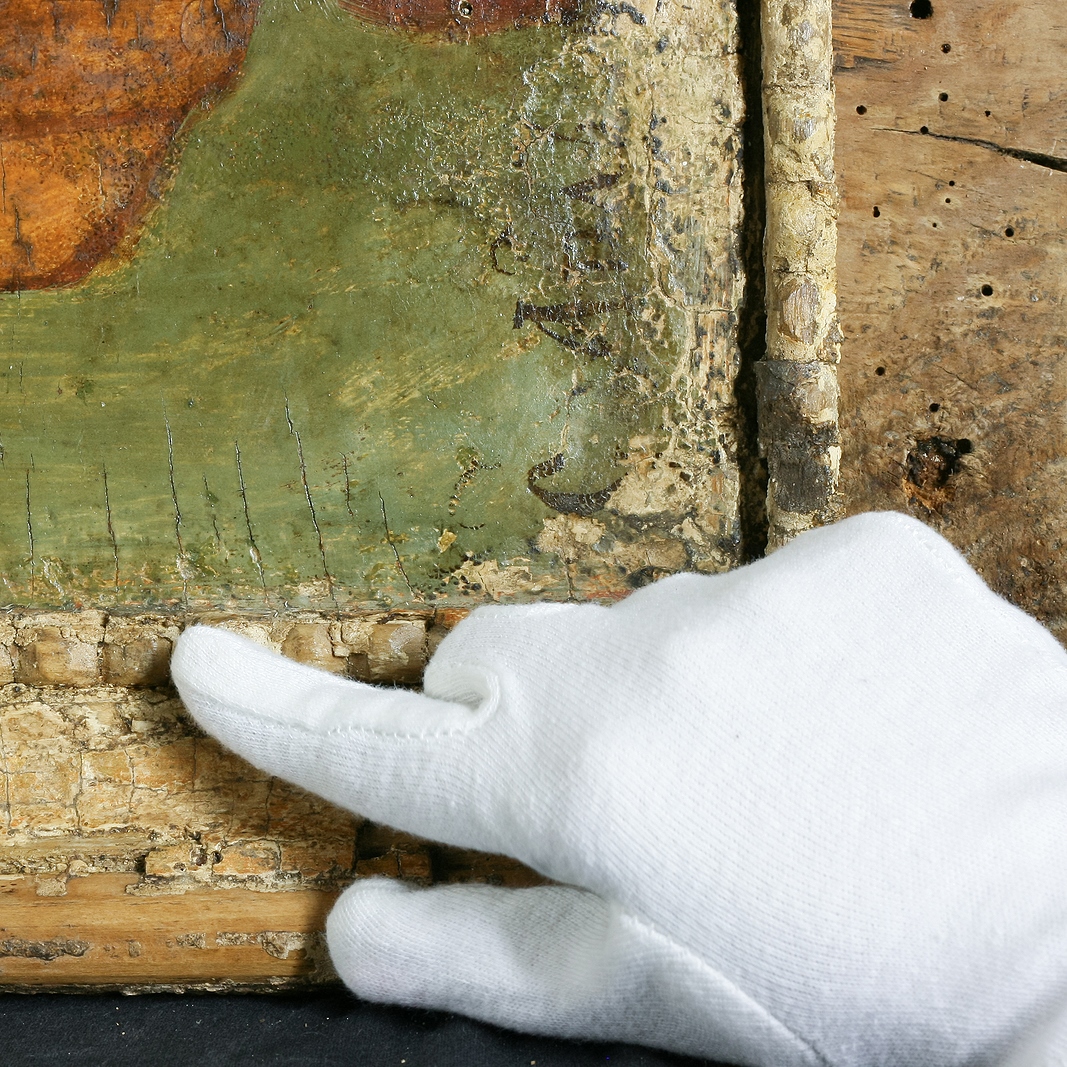Art conservation is a matter of debate in the global art community. Some call for long-term storage and conservation for the sake of prolonging the physical life of fragile art objects, while others argue for public access to artwork as the main purpose of art’s existence. Whatever school of thought you belong to, safe and professional methods for packaging art are essential for everyone planning to conserve art for an extended period.
Packaging Art for Preservation in an Original Condition
Packing art for long-term storage is usually guided by the primary aim of preserving the object in its original condition. Here’s what you should consider before deciding on the technique and approach to packaging art.
Materials
It’s vital to understand the chemistry of the materials from which the specific art object is made. This analysis will give a better idea of how these materials will deteriorate with time.
Access
Think about whether you’ll have access to the stored object to track its condition and monitor its intactness. If access is impossible or hard to arrange, we recommend going the extra mile and adding security measures to guarantee the safety of the fine art piece.
Storage Environment
Check if the environmental conditions (humidity, light, temperature) provided by the third-party storage company correspond to your expected standards of long-term storage. It’s critical to get the guarantees of a stable, controlled environment for the entire storage period.
Period of Storage
When we talk about long-term storage, some specifics will still matter. Is the storage planned for a year, or do you plan to keep the object stored for 5+ years? The storage provider will need those details to advise you on the right packaging approach and materials.
How to Address Fine Art Aging?
It would be a great mistake to think that only old paintings and antiques are vulnerable to aging and deterioration. According to the Tate Gallery’s expert, Alice Watkins, contemporary art is also at a high risk of degradation in many cases:
- use of unconventional, quickly degrading materials (synthetic materials, food items, digital components, etc.);
- hazardous substances in the artwork’s components (e.g., the lead white components, fluorescent tubes, and asbestos);
- obsolete components (electronics, 35mm slides, audio tapes).
In any of these cases, close collaboration with the artist or an art expert is important to determine the right procedures for packaging art for long-term storage, as well as the conditions in which it can stay intact for a long period.
